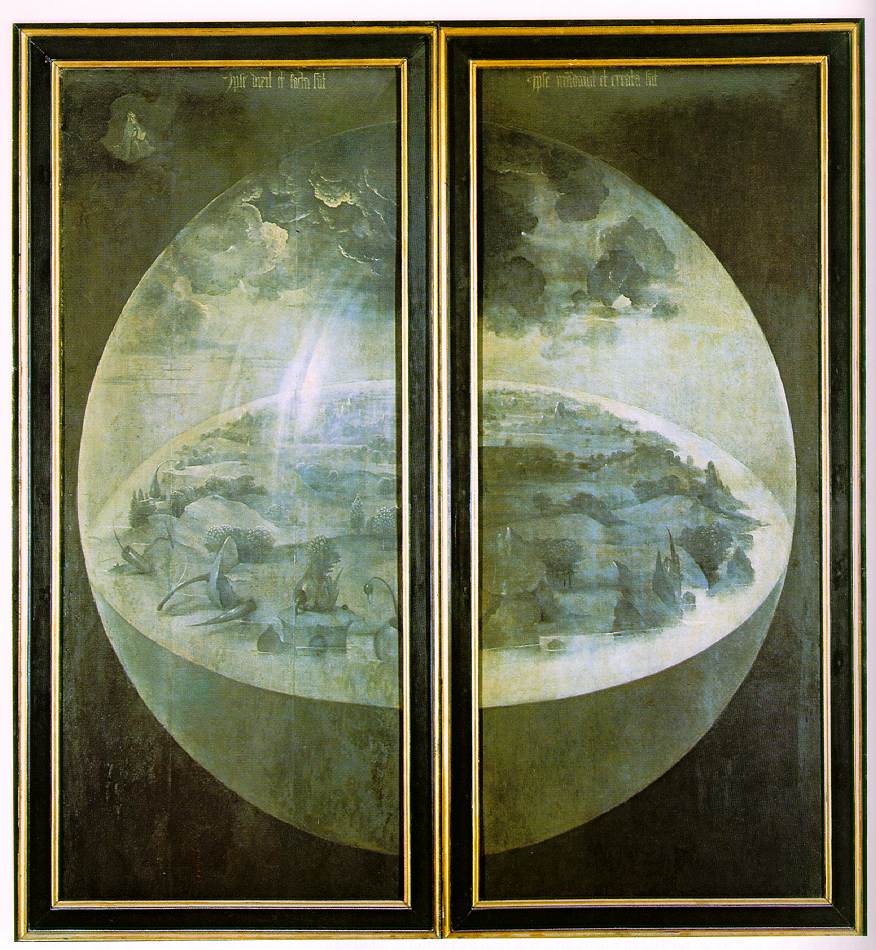Rothko and No Country for Old Men
7:00 AM |
| Mark Rothko, No. 5 (Red, Black, and Brown), 1963 |
Chigurh is the inexorable push of death personified. The assassin, realized menacingly by Javier Bardem, stops at nothing in his frenzied quest to kill. In a way, his assassinations are driven by concepts of justice. He believes the people he kills deserve to die. This quality makes him so dangerous—he feels no pity as he does what he believes is simply his duty to the cosmos. In the scene above, we see him dressed once again in all black, pushing the limits of evil. He walks into a gas station, and after the clerk tries to make conversation with him, one of the most menacing scenes in movie history begins. It ends with a coin flip, a duality that resurfaces throughout McCarthy’s novel and the film. People say he considered murdering this man because the clerk noticed he had Dallas plates on his stolen automobile. If this were true, I think he would have killed the man without a second thought. I think he considered taking this man’s life more because he could.
As Mark Rothko aged, he too began to feel this inexorability. Death, chaos, loss pressed down on him, seeping into every corner of his life. His nemesis may not have been consciously evil like Chigurh, but it must have felt much the same. Black swallows red. Looking at No. 5, one of the last before the total eclipse, I get a sensation of flooding. The red still pulses, hot to the touch, but it seems as though it’s not even there anymore. Black’s victory is inevitable. Red is just not in the cards. Chigurh and the black really represent the same thing. They are evil. They are the visible force that pervades and forms the world, that Rothko felt, that McCarthy feels. It doesn’t matter that Chigurh didn’t kill the pathetically unaware gas station clerk. It matters that he could have. He would have. Whether a character burned dimly or as bright as one of Chigurh’s greatest rivals, the assassin could kill at will. Black will always swallow red.











0 comments